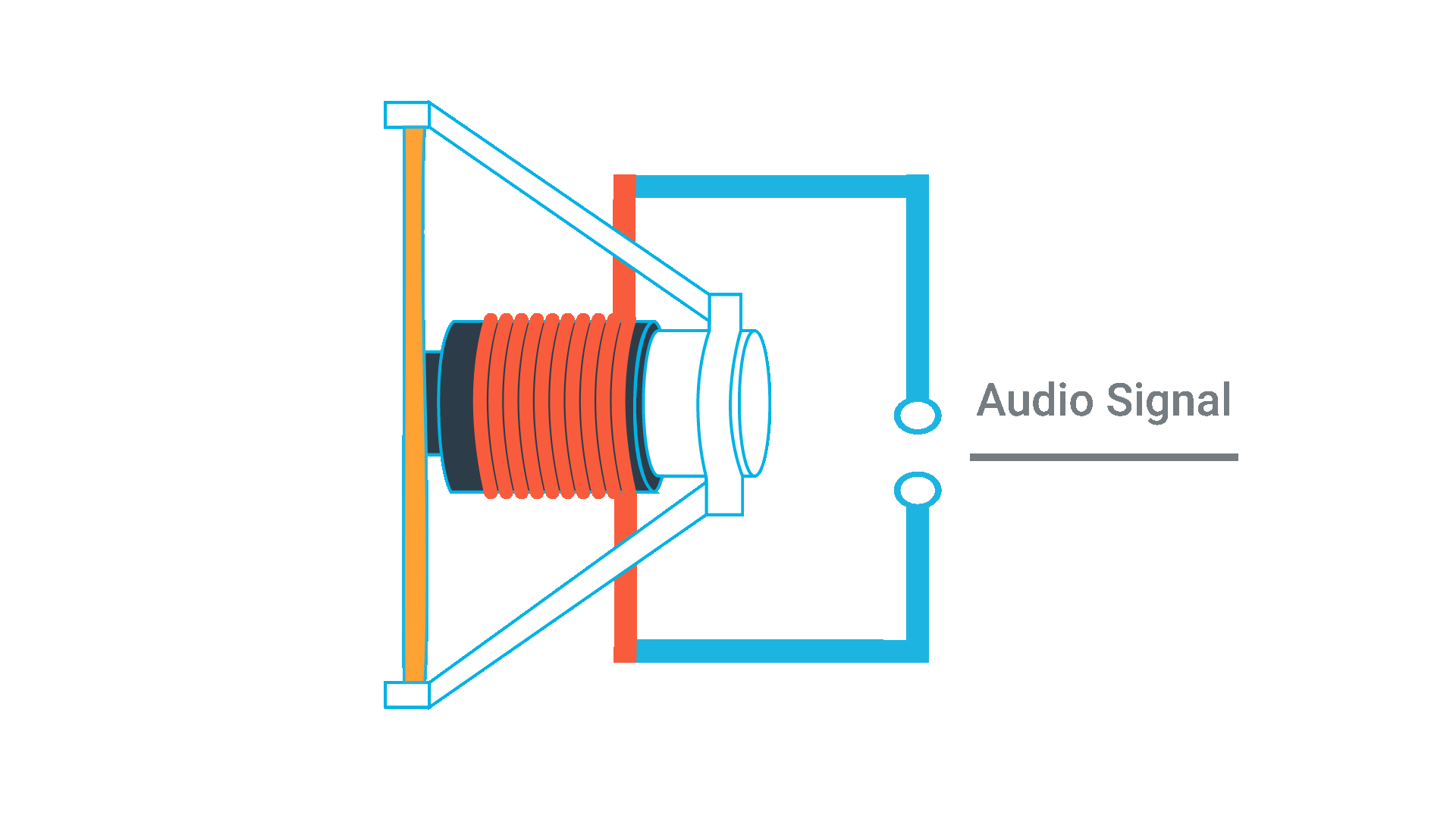01. Introduction to Sensors
heading
Introduction
ND320 C4 L2 01 Introduction To Sensors
Introduction to Sensors Recap
Summary
Sensors are how we measure physical quantities in the world around us. The name of the game for building any kind of sensor is to convert a physical phenomenon into an electrical one - be it a current or voltage - which can then be digitized and stored on a computer. The component that does this is called the transducer.
This is easy to see in this example of how a microphone works. A microphone is basically a drum attached to a coil of wire around a magnet. The drum moves in response to vibrations in the air or sound. As you may have learned in your physics class when the coil of wire moves back and forth over the magnet, the changing magnetic field induces a current in the wire. The A/C current creates an A/C voltage in the circuit that is then measured using an ADC.
microphone animation

Microphone Diagram
recap continued
Specifics of how a sensor works is important for truly understanding the signal. You need to know how your accelerometer works to really understand what you’re seeing when you’re plotting an accelerometer trace or when thinking about how to design your algorithm.
In this lesson, we’ll learn how the three sensors work:
- Inertial Measurement Unit (IMU)
- Photoplethysmogram (PPG)
- Electrocardiogram (ECG)
You’ll understand the physical quantity being measured, become familiar with what these signals look like, and learn about common challenges and noise sources that arise when working with these signals.
Lesson Concepts
This lesson will describe the sensors and raw signals they collect. Sensors enable a set of algorithms that can compute derived metrics from each of these signals or multiple in combination.
Overarching Concepts

Sensor & Algorithms
Lesson Outline
Outline
- Wrist Wearable Demo
- IMU Sensor
- IMU Overview
- Accelerometer Deep Dive
- PPG Sensor
- ECG Sensor
What are the three main sensors on a wrist-wearable?
SOLUTION:
- PPG
How many points of contact does an ECG sensor need?
SOLUTION:
2Which sensor does not need to be in contact with the wearer’s skin?